High Pressure Plywood Laminate combines the strength of plywood with the durability and aesthetic appeal of high pressure laminate (HPL). Using plywood instead of kraft paper backing enhances structural integrity and resistance to bending and warping. The HPL surface is scratch, impact, heat, and moisture-resistant, making it ideal for furniture, countertops, cabinetry, and interior wall panels. Available in various colors, patterns, and finishes, it offers a reliable and stylish solution for demanding environments.

Suitable applications:
Doors | Feature Walls | Exterior Carcass
PVC, or polyvinyl chloride, is widely used in the laminate industry to create durable and
decorative plastic flms. These laminates are fexible, cost-efective, water-resistant,
and easy to clean, making them suitable for furniture surfaces like kitchen cabinets
and wardrobes. Available in various colors and textures, PVC laminates can mimic the
appearance of wood, metal, or stone.

Suitable applications:
Interior Carcass
Plywood is a durable engineered wood product made by layering thin wood veneers with their grain patterns alternating. This cross-graining technique enhances its strength and stability, making it resistant to warping, cracking, and shrinking. Widely used in construction and furniture making, plywood offers excellent structural integrity and is easy to install. It can be adapted for both indoor and outdoor uses, depending on the specific adhesives and
treatments applied during manufacturing.

Suitable applications:
Outdoor | Indoor
The specialized foam board used in the laminate industry for kitchen and bathroom
furniture, which is waterproof, fire-retardant, and termite-proof. It is designed to be sufficiently rigid and sturdy for its intended use in furniture. This makes it a practical choice for areas exposed to moisture and where durability is essential.

Suitable applications:
Vanity Cabinets | Sink Cabinets
E0 refers to the formaldehyde level in the glue used between layers of the plywood.
E0 means that there is close to 0 formaldehyde. Less than 0.5 ppm. Most furniture used today are made with E2 plywood thus the signature stinging smell.
Inhalation of formaldehyde can cause airway irritation, bronchospasm and pulmonary edema.
Repeated exposure is known to increase risk of cancer. Known to cause DNA adducts. Nose and throat cancer.
Prolonged exposure known to cause rash and irritation.
Moisture. When plywood is made, it will be put into a oven to dry out the moisture.
So when the humidity of the surroundings is more moist than the plywood, it will absorb the moisture from the air and cause it to bend. So bending will occur more frequently in more humid areas.
PVC is basically made from plastic. So it will naturally expand due to heat resulting in the bubbles. Any prolonged exposure to heat is highly discouraged.